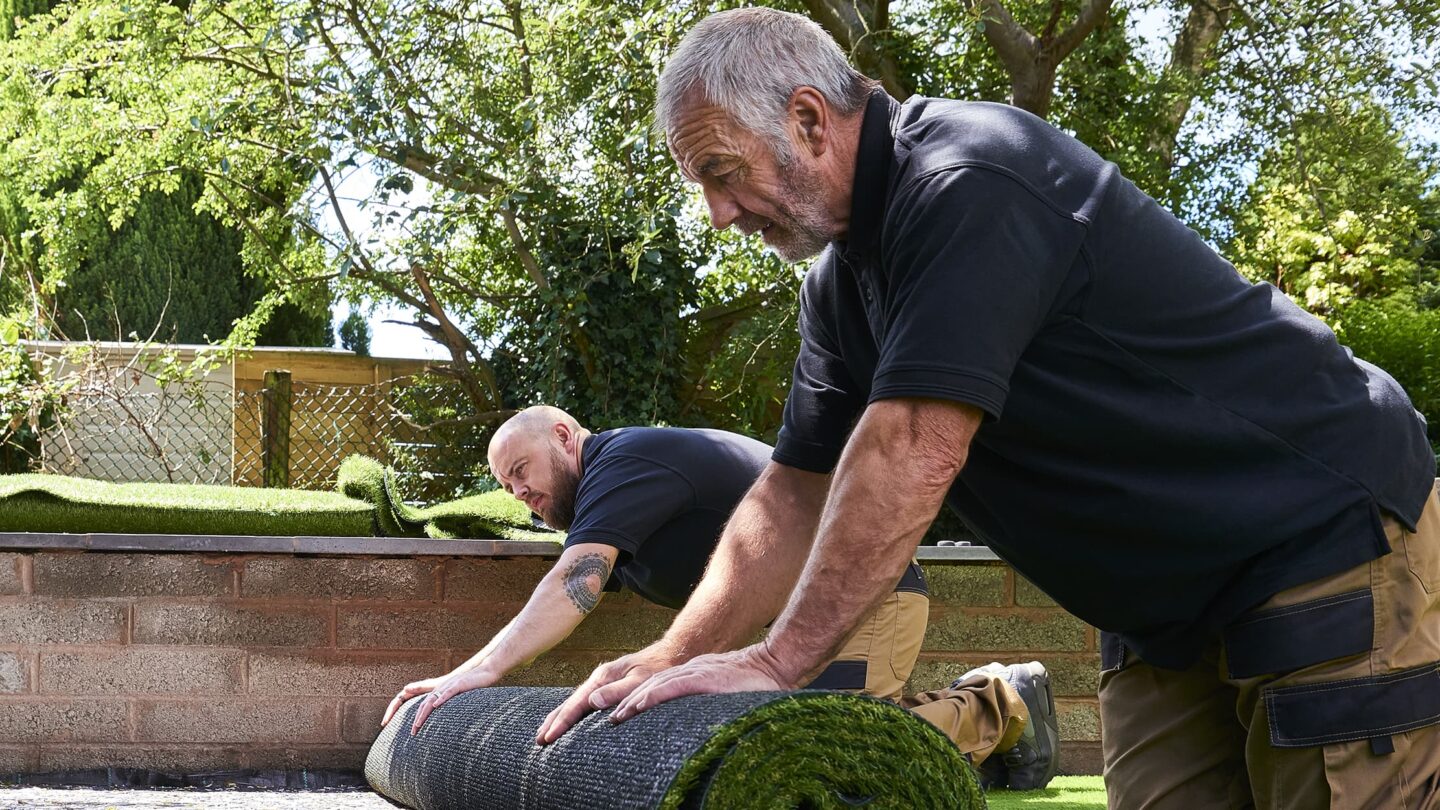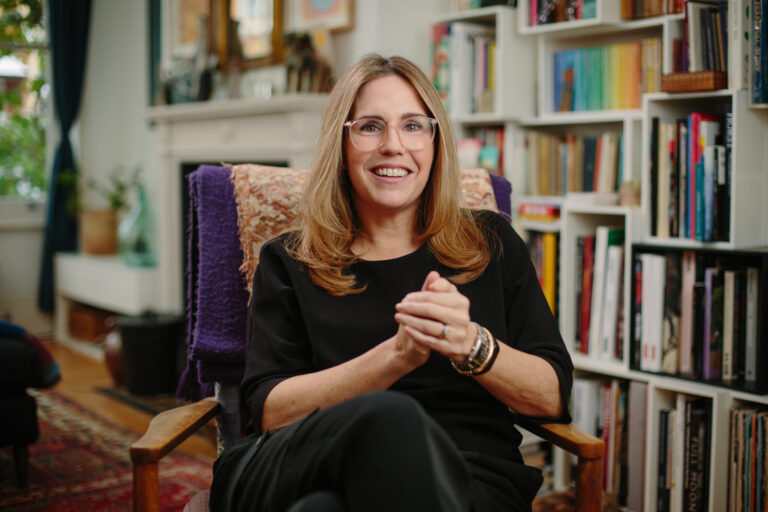Season 3: Building business resilience
What can your business do about climate change?

Given the scale of the climate emergency, it may be a tempting excuse to say that nothing you can do in your business will be sufficient to make a difference. Whilst it is true that you can’t solve the whole problem on your own, it is entirely possible to become a meaningful force for good on this critical agenda.
The question to ask is not just ‘How can we cut our carbon?’, but ‘How can we help the world to deal with climate change?’
Mike berners-lee
Cutting your carbon is just one part of that, but it is an excellent place to start, so here is a quick overview of what is involved.
Step 1 is to understand your carbon emissions. The Greenhouse Gas Protocol divides this into three scopes:
- Scope 1 – direct emissions: Released directly from your business activities, such as heating, air conditioning, and manufacturing fumes.
- Scope 2 – indirect emissions: Released from the generation of your purchased energy, of which electricity will be the largest.
- Scope 3 – indirect emissions: Scope 3 emissions are split into two parts and cover emissions released on behalf of you (upstream) and because of you (downstream). So, upstream emissions are in your supply chains, while downstream emissions take place after the point of sale, through the use of your products or services, as well as any waste disposal, transportation, and distribution.
For most businesses, upstream Scope 3, your supply chains, is where most of your associated costs will be, as well as the bulk of your total carbon footprint. It is never possible to make a totally accurate assessment of supply chain carbon, but it is possible and important to have an estimate that is good enough to identify the hotspots and allows you to measure your progress year on year.
Having made a good enough estimate of your carbon footprint it is time to set targets and take action.
The hard reality is that the science is telling us not to let global temperatures rise above 1.5 degrees, and that means steep cuts in every industry. The Science-Based Targets Initiative (SBTi) website is a good place to go for guidance on what that reduction trajectory might look like for a business in your industry.
Set short, medium and long-term targets
The calculation is 4.2% per year on a linear basis, so the SBTi’s cross-sector pathway reduces emissions by at least 42% by 2030 and 90% by 2050 from 2020 levels (before considering the impact of CO2 removals). You should be careful to apply the same reduction pathway to your supply chain as to your Scope 1 and 2 emissions.
If you feel that is an uncomfortably steep trajectory, the bad news is that adopting something less demanding may reduce your ‘delivery gap’, but only grow your ‘ambition gap’. So, there is no escaping the need to set challenging targets and meet them. Your targets should include long-term and medium-term goals, but most importantly should include short-terms goals that get started on your carbon-cutting straight away.
Offsets
Some businesses like to say they have adopted a ‘net zero’ target, by ‘offsetting’ their remaining emissions. My advice is that you should only consider doing this once you are already setting and meeting a science-aligned emissions reductions pathway without the use of ‘offsets’. And any ‘offsets’ (I put the term in parentheses since I actually think the whole concept of ‘offsetting’ is unhelpful) that you adopt need to be carbon removals, through nature-based activities such as tree planting or peat restoration.
Finally, unless the schemes you help to fund pass quite stringent wider environmental and social responsibility criteria, they may be doing more harm than good. My advice is to sort out cutting the carbon in line with the science before thinking about net zero.
Develop a climate-fit business model
As the world wakes up to the climate agenda, there will be deep implications for every industry. Turn this into an opportunity rather than a threat by making sure your business is aligned to thrive in a world that is cutting the carbon out of all aspects of life.
The businesses that make these changes in good time, as well as taking the carbon out of their operations and supply chains, are the ones that will thrive in a carbon-constrained world.





Leave a comment